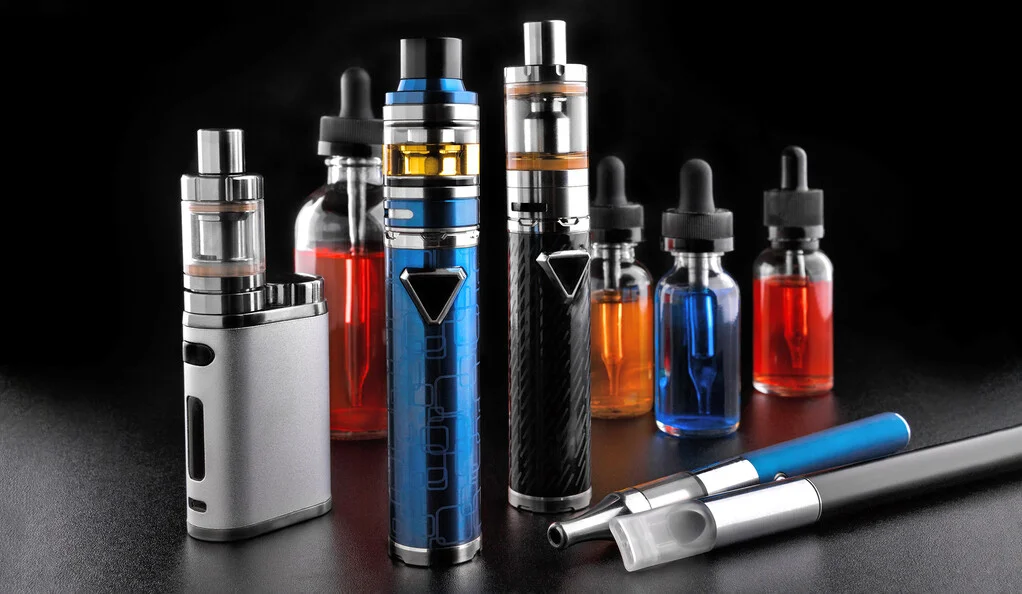In the digital age, where screens are omnipresent and social media platforms serve as virtual playgrounds, adolescents find themselves navigating a landscape fraught with both opportunities and risks. While social media offers avenues for connection, expression, and information sharing, it also presents a dark underbelly, with studies now suggesting a troubling correlation between online engagement and risky behaviors among youth, notably vaping. Recent research has unearthed a staggering statistic: adolescents active on social media are four times more likely to vape than their peers who eschew these digital platforms. This article delves into the complex interplay between social media and adolescent vaping, unraveling the underlying factors contributing to this concerning trend.
The Influence of Social Media: Social media platforms have revolutionized the way adolescents interact, communicate, and perceive the world around them. From curated Instagram feeds to viral TikTok challenges, these platforms wield immense influence over youth culture, shaping attitudes, behaviors, and aspirations. Amidst the allure of likes, comments, and followers, adolescents find themselves ensnared in a digital ecosystem where peer validation and social acceptance reign supreme. Within this milieu, vaping has emerged as a pervasive trend, perpetuated and amplified by the very platforms meant to connect and empower.
Peer Pressure in the Digital Realm: The phenomenon of peer pressure, once confined to school hallways and social gatherings, has transcended physical boundaries, morphing into a formidable force within the digital realm. On social media, adolescents are bombarded with images and videos glamorizing vaping, often portrayed as a symbol of rebellion, sophistication, or belonging. Peer influencers, with their sizable followings and persuasive charisma, wield disproportionate sway over impressionable minds, normalizing and even glorifying the act of vaping. In the quest for online validation and peer approval, adolescents may succumb to the pressure to vape, unaware of the grave health consequences lurking behind the screen.
Marketing Tactics and Targeted Advertising: The insidious influence of social media extends beyond peer interactions, permeating the very fabric of online advertising and marketing strategies employed by vaping companies. Leveraging sophisticated algorithms and targeted advertising, these companies meticulously craft tailored campaigns designed to entice and allure young audiences. From sponsored posts featuring vibrant graphics to influencer partnerships promoting flavored vape products, adolescents are inundated with carefully curated content designed to cultivate desire and brand loyalty. In the absence of stringent regulations and oversight, the line between genuine social engagement and covert marketing ploys becomes increasingly blurred, leaving adolescents vulnerable to manipulation and exploitation.
The Role of Misinformation and Peer Norms: In the digital age, misinformation proliferates unchecked, permeating social media feeds and shaping perceptions on a myriad of issues, including vaping. Falsehoods and misconceptions regarding the safety, efficacy, and societal norms surrounding vaping abound, disseminated through viral memes, unverified anecdotes, and echo chambers that reinforce existing beliefs. Within peer networks, the normalization of vaping as a rite of passage or social ritual further perpetuates this cycle of misinformation, creating a self-reinforcing feedback loop where peer norms dictate behavior and perception. In this climate of ambiguity and uncertainty, adolescents may succumb to peer pressure or succumb to curiosity, experimenting with vaping without fully grasping the potential risks to their health and well-being.
Addressing the Epidemic: A Call to Action: The alarming correlation between social media engagement and youth vaping demands urgent attention and concerted action from policymakers, parents, educators, and health professionals alike. Regulatory measures must be implemented to curb the proliferation of vaping-related content targeted at adolescents, including stricter guidelines on advertising, age verification mechanisms, and penalties for non-compliance. Educational initiatives aimed at promoting media literacy and critical thinking skills can empower adolescents to discern fact from fiction and resist the allure of peer pressure. Moreover, fostering open dialogue and providing access to credible information about the dangers of vaping is paramount in equipping adolescents with the knowledge and agency to make informed choices about their health.
Conclusion: As the digital landscape continues to evolve and shape the experiences of today’s youth, the nexus between social media and adolescent vaping underscores the urgent need for proactive intervention and advocacy. By addressing the underlying factors fueling this epidemic—from peer pressure and targeted marketing to misinformation and peer norms—we can safeguard the well-being of future generations and cultivate a digital ecosystem that fosters resilience, empowerment, and informed decision-making. In the battle against youth vaping, the power of social media must be harnessed not as a weapon of influence, but as a catalyst for positive change and collective action.




